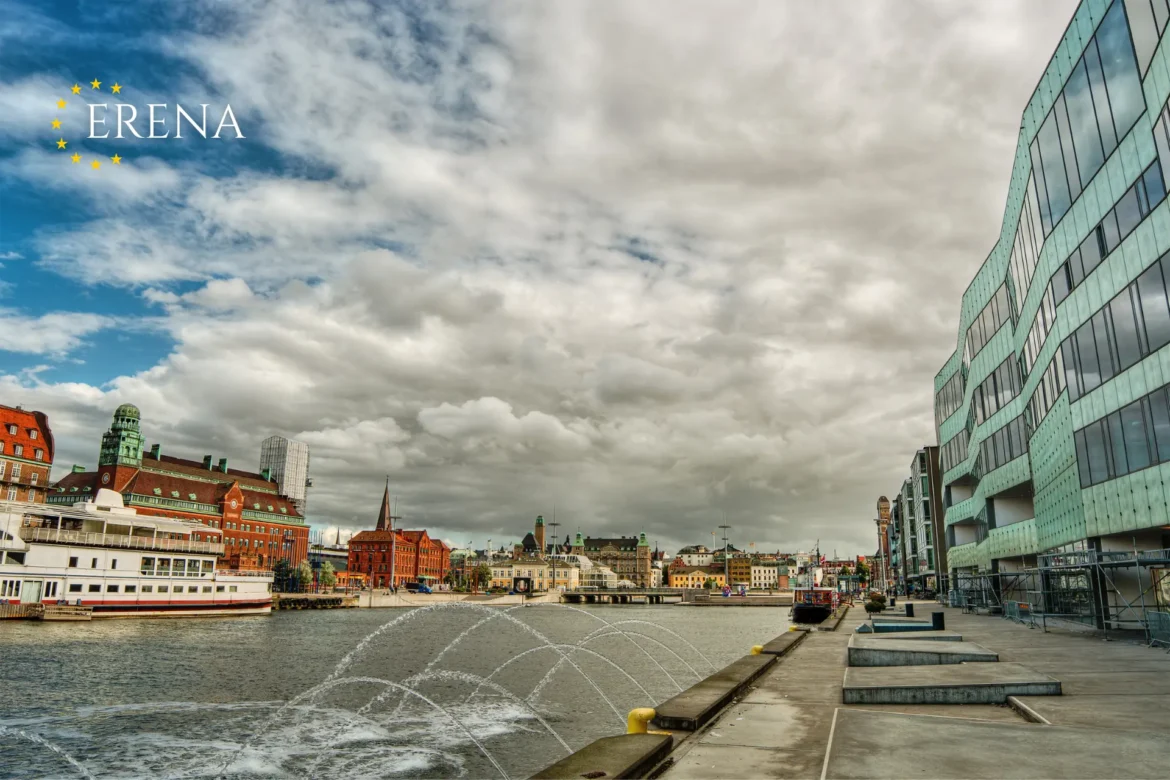The development of Messina’s waterfront is a key element of the city’s strategic plan to improve infrastructure and boost tourism. However, the implementation of these plans comes with significant environmental challenges that require careful analysis and a comprehensive approach.
🚧 Ongoing Projects and Investments
One of the most significant projects is the construction of a bridge across the Strait of Messina, connecting Sicily with mainland Italy. This suspension bridge, approximately 3,600 meters long, is set to become the longest in the world. The project includes three lanes for vehicle traffic and a railway track, enabling the passage of up to 6,000 cars per hour and 200 trains per day. The construction is expected to take around six years, with a projected cost of €4.6 billion, part of which will be funded by the European Union for railway infrastructure.
Additionally, there are plans to modernize Messina’s existing waterfront, introducing contemporary pedestrian areas, cycling paths, and public spaces. These enhancements are expected to attract both locals and tourists, stimulating economic growth.
🌍 Environmental Challenges
Despite the evident benefits, waterfront development and bridge construction present serious environmental concerns:
- Seismic Activity – The Strait of Messina lies in a highly seismic area. Engineers have designed the bridge to withstand earthquakes of up to 7.5 magnitude.
- Impact on Marine Ecosystem – Construction may disrupt local marine flora and fauna. Comprehensive environmental studies are required to minimize damage and establish mitigation measures.
- Air Quality Issues – Increased traffic flow through the bridge could lead to higher air pollution levels. Promoting eco-friendly transport and emission-reduction technologies is essential.
- Social Concerns – Large-scale infrastructure projects often face opposition from local communities, concerned about environmental impacts and disruptions to their daily lives.
💰 Economic Aspects and Funding
The financing of the Messina waterfront redevelopment and bridge construction requires substantial investment. Beyond the €4.6 billion allocated for the bridge, additional funding will be necessary for urban infrastructure improvements. While the European Union will provide partial support, local and national governments must also contribute.
These projects are expected to create new jobs, increase tourism, and drive regional economic growth. However, ensuring transparent fund allocation and efficient project execution is crucial.
🏆 Conclusion
The Messina waterfront redevelopment and Strait of Messina bridge construction are ambitious projects that could transform the region and enhance its economic potential. However, their success depends on addressing environmental concerns, promoting sustainable development, and ensuring local community engagement in planning and execution.

